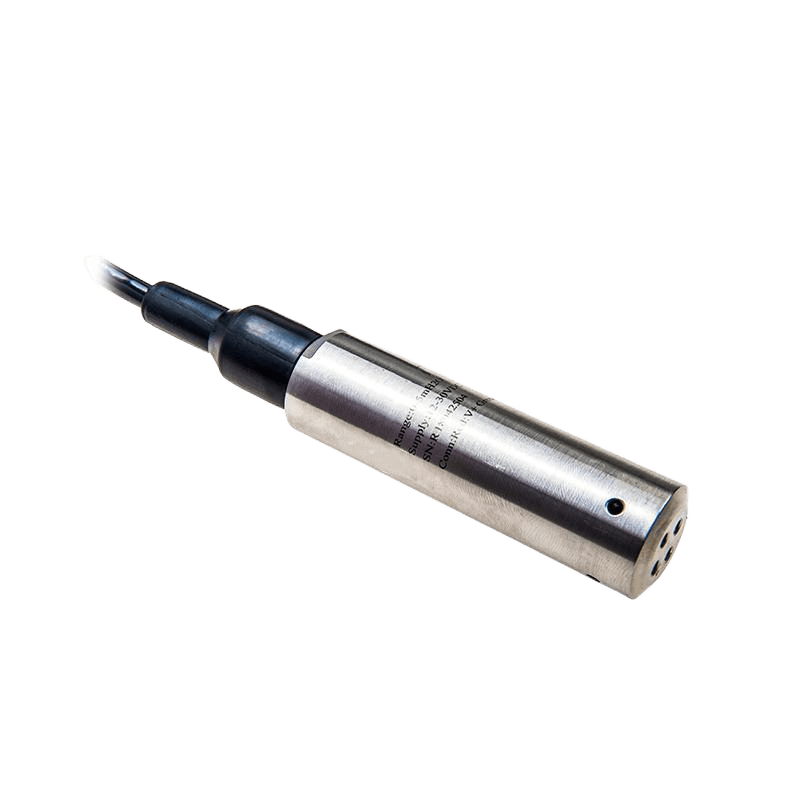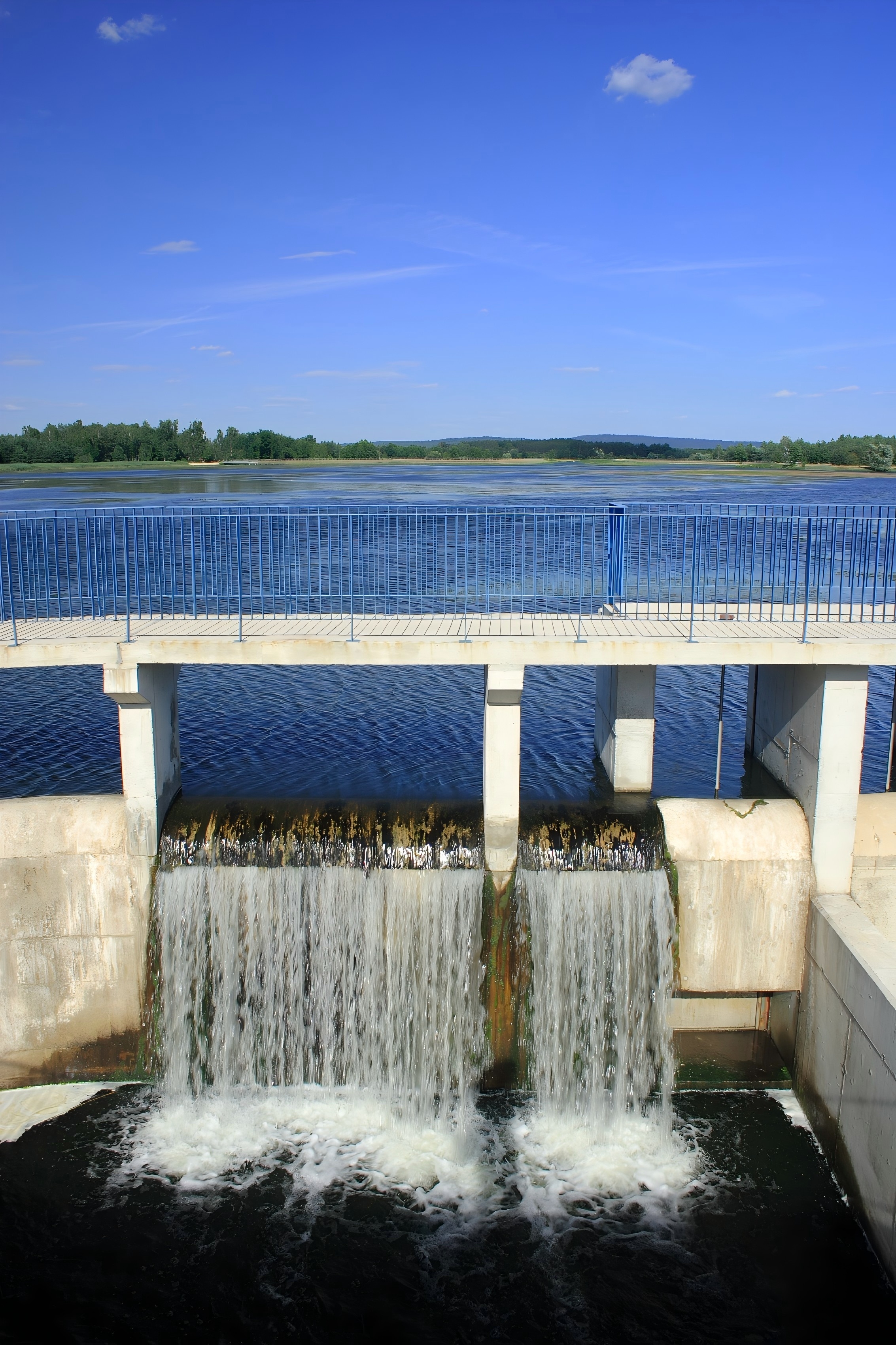Introduction
Water level sensors play a crucial role in monitoring and managing water resources in various industries. These sensors detect and measure the level of liquid in tanks, reservoirs, rivers, and other water bodies.
Thanks to improvements in sensor technology, water level sensors are now more accurate and reliable. They are essential for environmental monitoring, industrial automation, and disaster prevention. This article explores the working principles of water level sensors, their applications, and the industries that rely on them.
Water level sensors operate using different measurement principles, depending on the specific application and environmental conditions. The most common types include:
Float-Based Sensors: These sensors use a buoyant float that moves up and down with the water level. A mechanical or magnetic switch detects the float’s position, providing accurate level measurements.
Ultrasonic Sensors: A sensor sends out ultrasonic waves. It measures how long it takes for the wave to return from the water surface. This method is non-contact and ideal for harsh environments.
Radar Sensors: Radar sensors are like ultrasonic sensors, but they use radio waves instead of sound waves. They give precise measurements and work well in tough conditions, like high pressure or temperature changes.
Capacitive Sensors: These sensors detect changes in capacitance caused by water level variations. Industries commonly use them in automation and process control applications.
Pressure Sensors: Submersible pressure sensors measure water pressure at a certain depth. This pressure is then changed into an accurate water level reading. People widely use these sensors in reservoirs, groundwater monitoring, and flood detection systems.
Optical Sensors: These sensors use infrared or laser technology to detect water levels. They measure how light bends in the liquid.

Water level sensors are widely used in various applications to enhance safety, efficiency, and resource management. Some key applications include:
Water Resource Management: Used in reservoirs, lakes, and rivers to monitor water levels and optimize water distribution.
Flood Monitoring and Disaster Prevention: These systems help detect rising water levels. They aim to prevent flood-related disasters.
Industries like chemical manufacturing, food processing, and power plants use Industrial Process Control. It helps manage liquid levels in tanks and pipelines.
Agriculture and Irrigation Systems: Automated water level monitoring ensures efficient water usage in irrigation systems, reducing waste and improving crop yield.
Wastewater Treatment Plants: Helps in monitoring and controlling water levels in treatment tanks, preventing overflow and ensuring efficient operation.
Marine and Shipping: Used in ballast tanks and cargo ships to monitor water levels for stability and safety.
Smart Cities and IoT Applications: These are part of smart infrastructure. They give real-time water level data for managing urban water.
Several industries benefit from water level sensor technology, including:
Environmental Monitoring: Ensuring sustainable water management and flood control.
Agriculture: Optimizing irrigation and water conservation strategies.
Municipal and Smart City Planning: Managing water distribution systems efficiently.
Oil and Gas: Monitoring liquid levels in storage tanks to prevent leaks and optimize storage capacity.
Power Generation: Used in hydropower plants and cooling towers to regulate water levels.
Marine and Offshore Operations: Enhancing safety and operational efficiency in shipping and offshore drilling.

Selecting the right water level sensor depends on factors such as the measurement range, environmental conditions, accuracy requirements, and integration capabilities. High-quality water level sensors should offer durability, low maintenance, and reliable performance in extreme conditions.
Coda Sensor specializes in advanced water level sensing technology, offering solutions for industries requiring precise and real-time water level monitoring. We design our sensors to withstand challenging environments and deliver high-accuracy data for better decision-making.
For businesses looking to enhance water resource management, Coda Sensor provides customized water level sensing solutions. Contact us today to learn more about how our innovative sensors can support your applications.
Learn how CODA Sensor solar radiation and PAR se
Discover how real-time weather station data impr
Discover how Automatic Weather Stations (AWS) ar
Contact: Molly
Phone: +86-17775769236
Tel: 86-0731-85117089
Email: molly@codasensor.com
Add: Building S5, Aux Square, Yuelu District, Changsha City, Hunan Province, China
We chat